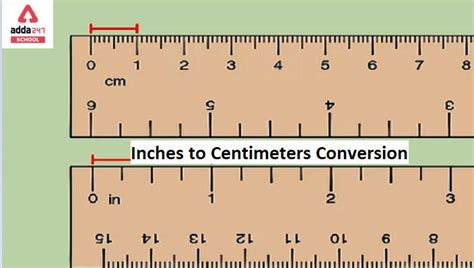How To Find Instantaneous Velocity

Understanding the concept of instantaneous velocity is crucial in physics, as it helps describe the motion of objects at a specific point in time. Instantaneous velocity is a measure of the rate of change of an object's position with respect to time, and it is a fundamental concept in kinematics. In this article, we will delve into the world of instantaneous velocity, exploring its definition, significance, and the methods used to find it.
Key Points
- The concept of instantaneous velocity is essential in understanding the motion of objects.
- Instantaneous velocity can be found using the formula v = Δx / Δt, where v is the instantaneous velocity, Δx is the displacement, and Δt is the time interval.
- Graphical methods, such as the slope of the position-time graph, can also be used to determine instantaneous velocity.
- Calculus, specifically the derivative of the position function, provides a powerful tool for finding instantaneous velocity.
- Real-world applications of instantaneous velocity include motion analysis in sports, navigation, and engineering.
Defining Instantaneous Velocity

Instantaneous velocity is defined as the velocity of an object at a specific instant in time. It is a vector quantity, characterized by both magnitude (speed) and direction. Unlike average velocity, which is calculated over a time interval, instantaneous velocity provides a snapshot of an object’s velocity at a particular moment. This concept is essential in understanding the dynamics of motion, as it helps predict the future position and velocity of an object.
Mathematical Representation
The mathematical representation of instantaneous velocity is based on the concept of limits. The instantaneous velocity v at time t can be represented as v = Δx / Δt, where Δx is the displacement of the object over a time interval Δt. As the time interval approaches zero (Δt → 0), the instantaneous velocity is obtained. This can be expressed mathematically as v = lim(Δt → 0) Δx / Δt.
| Quantity | Symbol | Unit |
|---|---|---|
| Instantaneous Velocity | v | m/s |
| Displacement | Δx | m |
| Time Interval | Δt | s |

Graphical Methods

Graphical methods provide a visual approach to determining instantaneous velocity. The position-time graph of an object’s motion can be used to find the instantaneous velocity at a specific point. The slope of the tangent line to the position-time graph at a given point represents the instantaneous velocity at that point. This method is useful for understanding the concept of instantaneous velocity and for visualizing the motion of an object.
Calculus Approach
Calculus provides a powerful tool for finding instantaneous velocity. The derivative of the position function with respect to time represents the instantaneous velocity. This can be expressed mathematically as v(t) = dx/dt, where x(t) is the position function. The use of calculus allows for a more precise and accurate determination of instantaneous velocity, especially in complex motion scenarios.
Real-World Applications
Instantaneous velocity has numerous real-world applications, including motion analysis in sports, navigation, and engineering. In sports, instantaneous velocity is used to analyze the motion of athletes and to optimize performance. In navigation, instantaneous velocity is used to determine the position and velocity of vehicles and to predict their future motion. In engineering, instantaneous velocity is used to design and optimize systems, such as robotics and mechatronics.
In conclusion, instantaneous velocity is a fundamental concept in physics that is essential for understanding the motion of objects. The methods used to find instantaneous velocity, including mathematical representation, graphical methods, and calculus, provide a comprehensive understanding of this concept. The real-world applications of instantaneous velocity demonstrate its significance and importance in various fields.
What is the difference between instantaneous velocity and average velocity?
+Instantaneous velocity is the velocity of an object at a specific instant in time, while average velocity is the velocity of an object over a time interval. Instantaneous velocity provides a snapshot of an object’s velocity at a particular moment, whereas average velocity provides a measure of an object’s velocity over a period of time.
How is instantaneous velocity used in real-world applications?
+Instantaneous velocity is used in various real-world applications, including motion analysis in sports, navigation, and engineering. It is used to analyze the motion of athletes, to determine the position and velocity of vehicles, and to design and optimize systems, such as robotics and mechatronics.
What is the mathematical representation of instantaneous velocity?
+The mathematical representation of instantaneous velocity is based on the concept of limits. It can be represented as v = Δx / Δt, where Δx is the displacement of the object over a time interval Δt. As the time interval approaches zero (Δt → 0), the instantaneous velocity is obtained.



